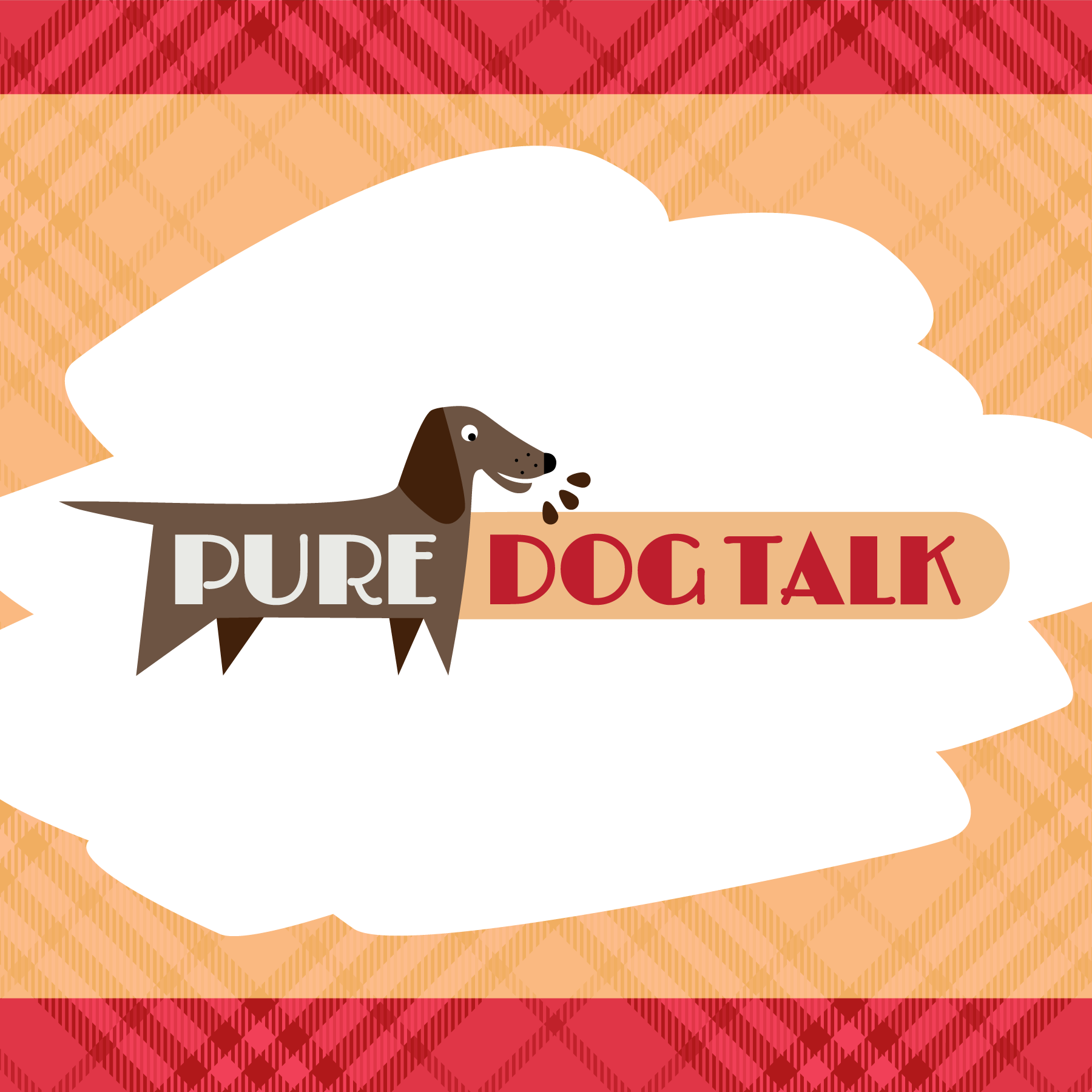First Aid for Dogs: Bloat, Shock, Heatstroke, Snakebite
First Aid for Dogs, Part 2 with Dr. Cynthia Heiller, DVM
What conditions require immediate veterinary attention and how to recognize them can be the difference between survival or not.
First Aid for Dogs - Bloat
Bloat is extremely time sensitive and requires veterinary care within an hour. If your dog is a deep chested breed, meaning the chest is deeper than it is wide, it could be prone to bloat. Bloat is when the dog's stomach distends and possibly twists. The twisting cuts off the blood flow to the vena cava which leads to shock and death.
Bloat may occur if the dog overeats, or without warning. Often the dog tries to vomit, but food does not come up. Think of how uncomfortable you feel after a huge Thanksgiving dinner and multiply that 10 times. Bloat is extremely painful and requires surgery.
While not recommended if not a vet, and only if immediate transport to a vet is not available, a needle placed three fingers behind the ribs and inserted into the stomach may temporarily relieve the gas pressure on the vena cava and buy time.
Surgery is the only treatment.
First Aid for Dogs: Internal Bleeding/Shock/Sudden Paleness
Trauma is the common cause for internal bleeding. Splenic tumor bleeds may also occur without warning. Internal bleeding may lead to shock and sudden collapse.
Test the gums for sudden paleness. Apply pressure to the gum and release. The color should refill in 1-2 seconds. If longer, the dog may be in shock or bleeding internally.
First Aid for Dogs: Heatstroke
If the dog is in distress, and it is hot, immediately take the dog's temperature. Temperature over 105 degrees is heatstroke and critical.
Cool the dog with tepid water, NOT COLD. Use fan or air movement for evaporation cooling. Cool dog to 103 degrees. Cooling to fast or below 103 degrees can lead to other problems.
Short nosed dogs are most at risk for heatstroke.
Dogs that are overweight have fat layers that insulate and prevent cooling. Keep your field dogs in condition.
First Aid for Dogs: Snakebite
Snakebite's may not be immediately obvious. Puncture wounds can be difficult to locate. Localized swelling is the sign to watch for.
The vet will run a blood clotting test to see if there is venom. Up to 25% of snakebites are dry, but the clotting tests are required to test. Venom amounts and concentrations injected vary.
Antivenom within two hours of the bite is recommended.
Snake vaccine is recommended, but antivenom and vet care is still required.
Do Not's
Do not apply a tourniquet or X cut the bite.
Do not ice.
Do's
Give Benadryl
Carry the dog, and keep them calm. No exertion.
And Finally...Foxtails
Foxtails in some regions of the U.S. keep vets in business!
Foxtails can be fatal to your dog and travel inside the body and can be found anywhere - in the lung, against the spine... Foxtails can lodge in vulva or in the sheath when a male dog lifts his leg. Oh, my goodness.
Prevention is Best
Prevention is the best option. Check between dog's toes, the face, the eyes and ears. If a dog is sneezing or sneezing with blood, a foxtail or foreign matter may be to blame.
For heavy coated breeds, keeping a blower and table handy is an easy way to check quickly for foxtails.
Be sure to listen to
First Aid Part 1 - Episode #94.

